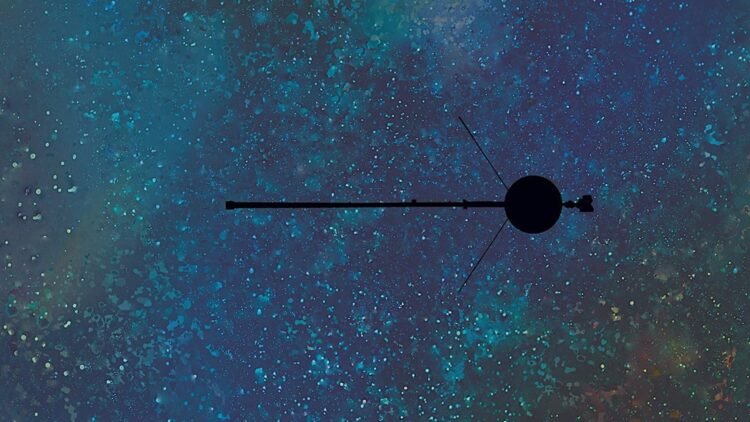Whoever said that people in science don’t believe in miracles was wrong! That’s because after more than 20 years, NASA engineers managed to reactivate the reserve thrusters of the interstellar probe Voyager 1. We say miracle because they were already considered dead; they were completely inoperative.
What was Voyager 1 before it came back from the dead?
The history of Voyager 1 begins in the 1970s, more precisely when it was launched in 1977. It was designed to study the solar system’s planets, such as Jupiter and Saturn. It was so successful that this mission was expanded over the decades to explore more than just the planets, learning more about the mysteries of interstellar space.
Even though its work was finished, the probe continued to operate because it was always sending interesting data to scientists. We are talking about information about magnetic fields, particles and cosmic radiation. It is worth remembering that Voyager 1 is the furthest space probe from Earth, having traveled almost 25 billion kilometers and 48 years of continuous operation – yes, that is a lot.
However, as not everything in life is easy, not even for space probes, Voyager 1 began to show some problems. The most complicated of these occurred with the thrusters responsible for adjusting the orientation of the spacecraft’s antenna. They began to accumulate debris, which compromised performance and put the entire mission at risk.
Oh, but what serious things could happen? You might be wondering… well, if we lost the ability to point the antenna correctly, Voyager 1 could simply disappear into the interstellar void.
Why was resurrecting Voyager 1 so historic?
As if the situation wasn’t already delicate enough, with the probe’s thrusters failing, NASA scientists realized that the only antenna capable of communicating with Voyager 1 would go into maintenance in May 2025. In other words, it would leave the spacecraft practically incommunicado for several months.
Therefore, the team had two options: either solve the problem before then, more precisely by May 4, 2025, or lose any chance of intervention until at least 2026.
And to make the situation even worse, the response time with the probe made everything even more impossible. What does this have to do with it? Well, Voyager 1 is so far away that a command takes 23 hours to reach it (and another 23 for the response to come back). The situation was extremely delicate; it almost seemed like a movie script. That’s when the solution came, or rather, the miracle.
The historic miracle of Voyager 1’s thruster resurrection
With less than two months left before NASA engineers’ deadline, the team managed to reactivate Voyager 1’s reserve rotation thrusters, which had been inactive for over 20 years.
What did they do? You can be sure that many tests were carried out until it was successful, but they:
- They reactivated the reserve thrusters, even though there was no guarantee that it would work.
- They reactivated the inactive heaters that kept the thrusters at operating temperature.
- They adjusted all the details of the star tracker, which maintains the ship’s orientation.
Todd Barber, the mission’s propulsion leader, announced:
“It was such a glorious moment. Team morale was very high that day. These thrusters were considered dead. And that was a legitimate conclusion. It was yet another miracle save for Voyager”.
As you already know, this process worked, and upon receiving the commands, the temperature of the heaters rose as expected, and Voyager 1 can now keep its antenna pointed at Earth. This was not the first or only historic – and almost miraculous – discovery that NASA has provided us with in recent times; an example of this is the discovery after 20,000 that solved the historic mystery off the coast of the USA.


